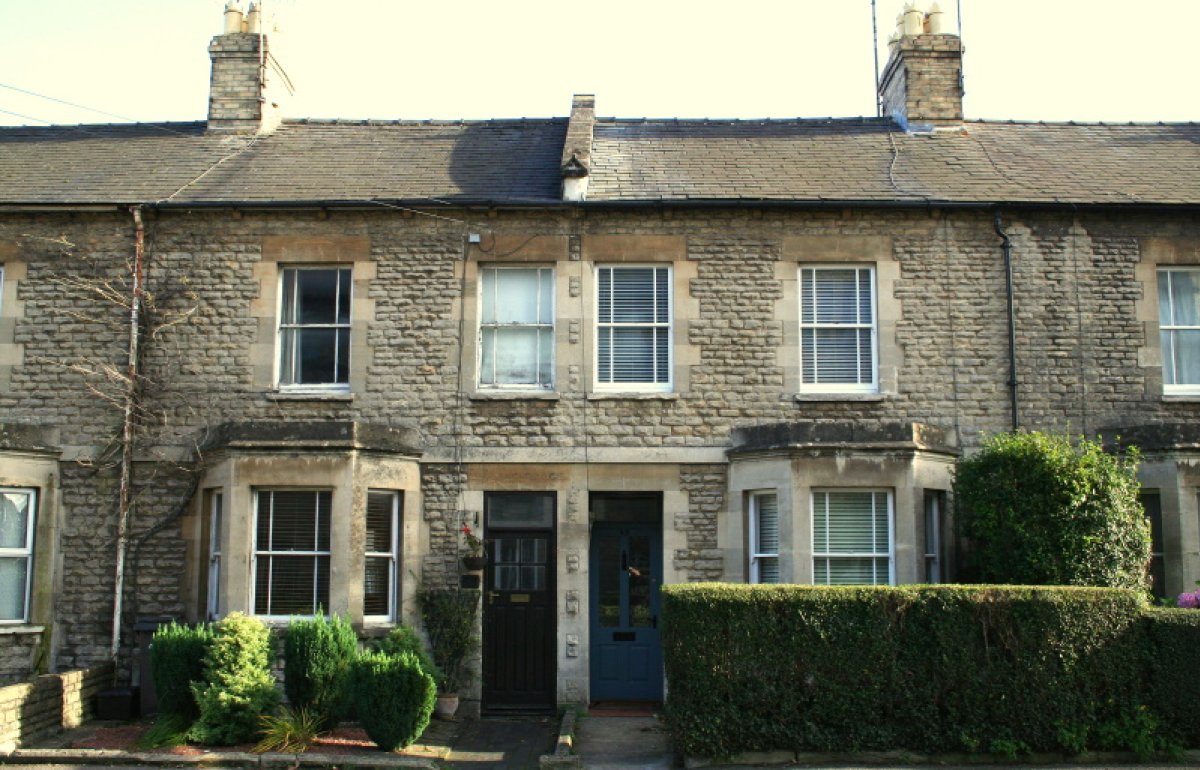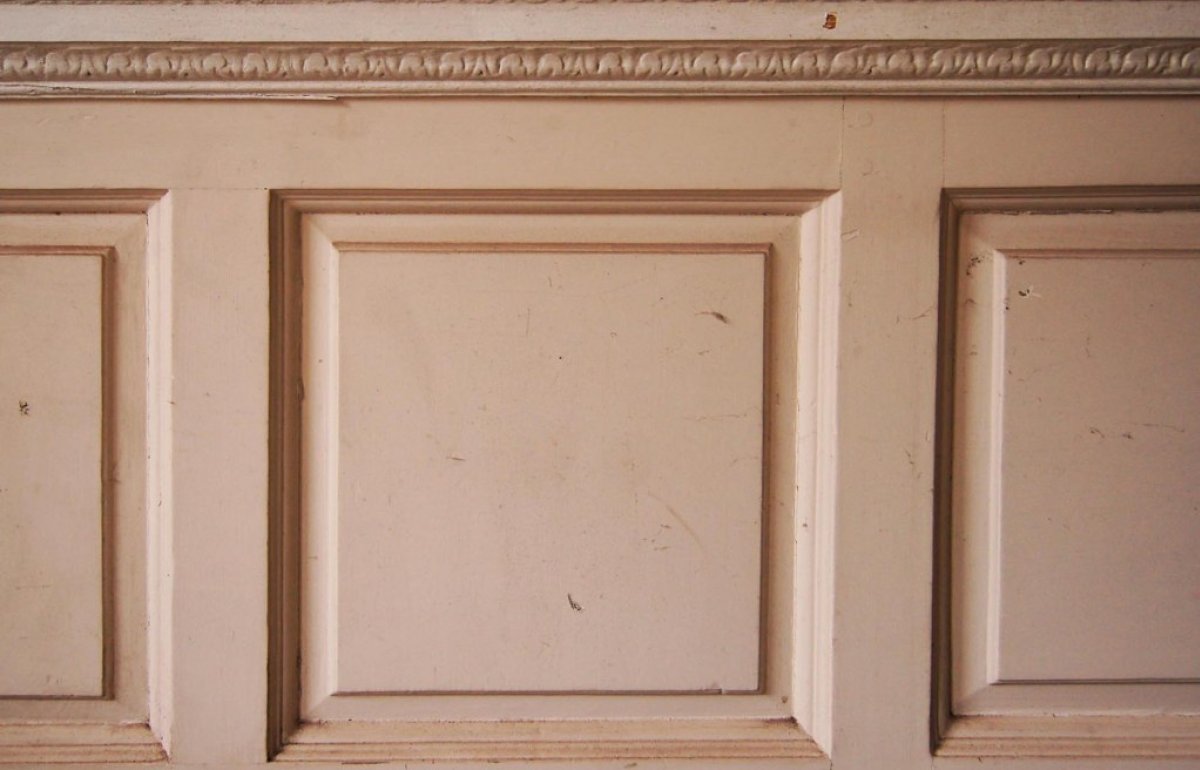Timber floorboards
Repair not replace. Imperfections can contribute to historical interest and should not necessarily be eradicated - or used as a reason to lay a new floor when repairs are often feasible.
What are the types of old floorboard found?
Medieval boards are commonly of oak, 17th-century ones elm, and those from the 18th century onwards pine or fir. Generally, the wider a floorboard, the older it is. Butt, dowelled or tongue-and-groove joints were used historically, and fixings might comprise oak pegs instead of nails.
Replacing old floorboards unnecessarily harms a buildings’s character. Try, therefore, to retain them (including any sand pugging, shells, or other historic insulating or fireproofing material underneath).
Isn’t damage or decay a good reason to replace an old boarded floor?
Often not. Minor imperfections do not necessarily require attention and may add interest. In other cases, conservative repairs are frequently viable using well-seasoned matching new timber – once the cause of any active decay or structural problems is dealt with.
Allow the moisture content of replacement timber to adjust to that of the existing floorboards by laying it alongside them before use. If desired, repairs can be carefully toned down (perhaps with dark tea or Vandyke crystals). Where beyond repairing, consider retaining and covering old boards rather than removing them.
How do I minimise damage when lifting old floorboards?
Only take floorboards up if there is little alternative. When new pipes or cables are installed, employ a competent carpenter to lift boards instead of leaving this to plumbers or electricians. Number boards as they are lifted to assist re-laying in their exact previous positions.
Where regular access to service runs is required, floorboards can be discreetly screwed down rather than nailed. This also avoids vibration from nailing above fragile ceilings. The use of timber or beeswax plugs reduces the visual impact of screws.
How can I repair floorboards that have broken ends or edges, or are split?
Broken edges can be remedied by splicing in timber of a similar type and grain, as can damaged board ends where they are not replaced by shorter boards. It is sensible to introduce battens beneath unsupported board ends.
Split boards may be glued, then reinforced with a timber block screwed below. Weak boards can be strengthened below with battens too and impregnated with beeswax (or, where extremely fragile, resin).

What’s the best way of remedying squeaking floorboards or those with gaps?
Squeaks can sometimes be silenced by squirting powdered graphite or talcum powder between boards that rub together, replacing missing or incorrect nails with cut flat floorboard nails, or using a nail punch to drive loose nails down. In other cases, it may be necessary to replace some of the nails with screws.
Slips of matching timber, papier mâché or beeswax are useful for filling gaps between boards.
How do you deal with undulating floors or warped floorboards in an old building?
Many old floors are out of level but frequently there is no need to disturb them. Floors that slope uncomfortably, however, can sometimes be substantially improved by inserting tapered firring pieces of timber beneath the boards.
Warping can usually be reduced by removing boards, then wetting the concave sides and applying weights as they dry.
Is it advisable to sand old floorboards?
Sanding old floorboards is generally unwise. Not only will you lose the original surface and possibly expose unsightly beetle runs but the faces of boards may become destabilised and in some cases the reduction in their thickness leaves boards unable to carry loads. Chemical methods of removing dark stains or paint can give good results without significant damage.
In exceptional circumstances, sanding might be justified. If you do sand, it should be by hand or, if an electrical sander is used, entrusted to experienced hands.
How can I best maintain the finish of floorboards?
Sweep or vacuum the floor regularly and place doormats to catch dirt. Additionally, floorboards without a protective coating will require occasional washing and maybe scrubbing. Polished boards, though, will need buffing and worn areas or tenacious spots re-waxing (for example, with a proprietary beeswax and carnauba wax blend). Be aware that modern varnishes may look out of place. Additional protection can be afforded by using castor cups beneath furniture and the provision of floor coverings.
English Heritage (2012) Timber, Practical Building Conservation, Farnham: Ashgate Publishing Ltd
Ridout, B (2015) Timber Decay in Buildings and its Treatment, Broome: Scientific and Educational Services Ltd


